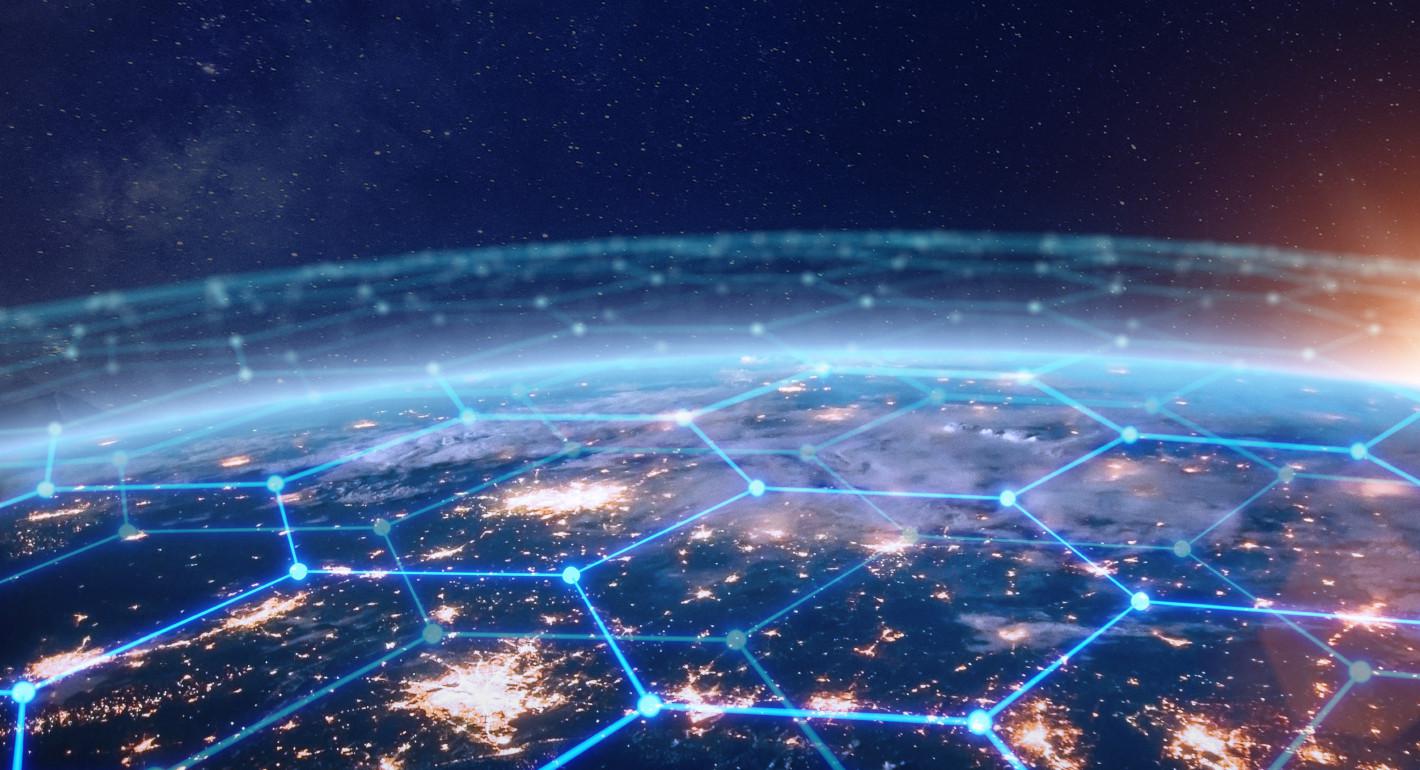I distinctly remember broadcast news coverage of Soviet tanks rolling toward the TV tower in Lithuania’s capital in January 1991. The Cyrillic lettering in the backdrop was unfamiliar and intriguing, and the coverage of the Gulf War during that same period had impressed upon me, even at a young age, the gravity of geopolitical changes unfolding. But one question left me vexed: why the TV tower? What was it about this innocuous (if imposing) structure that had attracted such dissonant scenes of military troops and hardware?
Variations on this same question, which has long occupied Russia-watchers, have prompted entire new lines of effort among the intelligence and warfighting disciplines, national security decisionmaking circles, and the cybersecurity industry. The struggle for power over information—who can transmit, receive, and aggregate it, and how—is both perennial and definitive for our time. It has been waged since the invention of alphabets and the advent of the printing press yet is now more contentious than ever. Technology has negated the hurdles of time and distance and eroded the state monopolies, societal hierarchies, and communal sense of trust that have lent equilibrium to the international system for centuries.
After the collapse of the Soviet empire, the United States conceived of this contest primarily in terms of its hard security and military implications. Protecting communications, networks, and data flows from surreptitious interception, denial, or corruption overrode nascent concerns about how the Information Age and its features might impact democratic polity and societal cohesion. The Cold War had been won, information wanted to be free, and a new liberal internationalism was putatively on the march. The so-called unipolar moment fed a euphoric complacency that new technologies and global connectivity would be hospitable to democratic values and polities.
Years later, as I worked alongside national security analysts and leaders to assess Kremlin-backed operations targeting U.S. elections, I sensed that we were paying the price for that complacency. Since then, policymakers have raced to grapple with what many of our adversaries (and many allies) have long understood about the power of information and technological change: their implications extend deeper into the cognitive and sociological realms than we had factored for. Our national security structures, which were designed around hard power problems, will need to evolve to better examine these facets of the threat not only from adversaries but potentially inherent to emerging technologies themselves.
Pursuing our national interests and security amid rapid technological change, while holding sacrosanct our democratic institutions and values, is the defining challenge of our time. It will require a more expansive framing of information conflict—piercing siloed conceptions of cybersecurity and disinformation—and a more diverse coalition of stakeholders and disciplines. I’ve had the honor of working on these issues for more than a decade alongside heroic public servants in the intelligence community and the White House. I am humbled by the opportunity to explore them now alongside the stellar experts at Carnegie.





